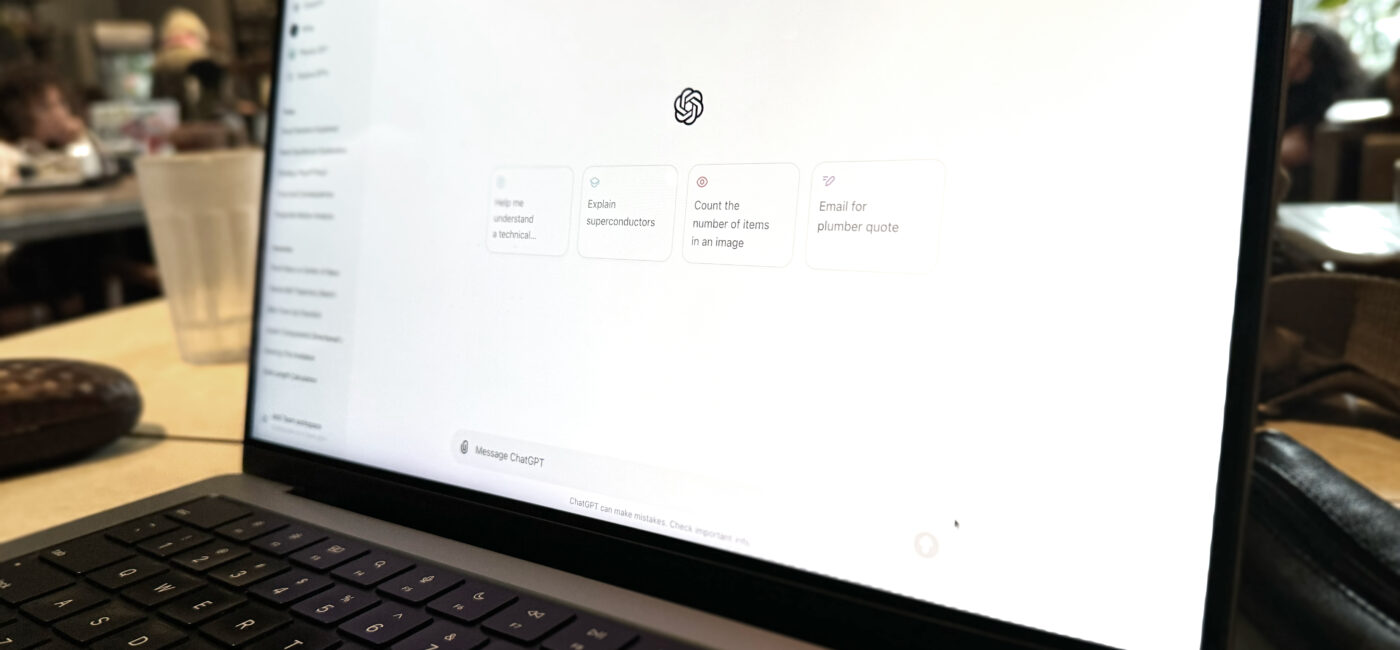Disclaimer: Different professors have varying opinions and rules about the appropriate use of ChatGPT, and in many cases have serious consequences for misusing it in their classes. While some only have restrictions against using text written by ChatGPT, others also restrict the use of ChatGPT for outlining and research. It is important to check with your professors about their guidelines to avoid being penalized for plagiarism.
At this point, many students are familiar with ChatGPT’s weaknesses: Creating boring, bland text and making up erroneous citations, for example. But what about its strengths? When used carefully, ChatGPT can be a powerful tool to enhance your research.
Generating search terms
One of the most frustrating moments of a research project is when you know that answers to your question exist on the internet, but you can’t figure out the right search terms to type into the library database to find them. This can often happen because you simply haven’t found the right synonym or combination of words to tap into the literature on a given subject. ChatGPT is excellent at coming up with different paraphrases for the same concept, so you can type in something like “I’m trying to find research papers on [your topic]. What are some search terms I could use to find them?”
One of the great things about ChatGPT is that you don’t have to spend any time trying to compose your research question in a machine-readable way. Simply type your question out exactly as you might explain it to a friend, and it will usually get the gist. You can always give follow-up instructions if the results aren’t exactly what you are looking for.
Paraphrasing abstracts in simple language
We’ve all had the experience of reading through an abstract two or three times, only to realize we still have no idea what it means. The abstract is a unique and highly structured form of writing that prioritizes information density and the usage of specialized terminology. It’s crucial, though, to accurately understand them to quickly determine whether the rest of the article will be relevant to your project and to make sure you aren’t misinterpreting the article’s main point.
While ChatGPT’s simple writing style produces bland essays, this can actually be an asset for making complicated concepts easy to understand. You can copy and paste the full text of the abstract into ChatGPT along with a command like: “Paraphrase the following biology research paper abstract in simple, non-technical language.”
Getting a basic understanding of terminology
Sometimes, you can understand most of an abstract or research paper, but there are a couple of terms you haven’t seen before. While it’s important to remember that ChatGPT can produce wrong answers or hallucinate, it functions fairly well as a basic, interactive dictionary. Try asking it something like “Explain the term cryobiology in simple language.” And if you don’t understand part of the answer, ask for a follow-up! ChatGPT remembers previous parts of the conversation, so you can build a string of answers to get more relevant results and gain a deeper understanding of a given topic. Make sure to specify what field you are interested in to make sure you don’t learn that a mole is “a small, burrowing mammal known for its subterranean lifestyle,” when you really want to learn about the unit of measurement.
Finding gaps in your research approach
Many who conduct work with large language models such as ChatGPT have remarked that they are good at going broad, but not really at going deep. This is one area we still have an advantage as human researchers: Doing in-depth research on specific questions and thinking about them in complex and novel ways.
However, it’s natural that human researchers may miss certain approaches to a research question simply because it didn’t occur to them. This is common, especially for students, who lack the background and intuition in a given field to notice their blind spots. The best way to notice these gaps is to talk to professors and friends in the field, but ChatGPT can provide a good first pass, just to get your bearings. Use a prompt like “I’m interested in learning more about [your research question]. What are some research directions I should explore?”


